As advertisers change their marketing strategies, why are they always inseparable from outdoor advertising tents?
Why Outdoor Advertising Tents are Indispensable for Brands’ Marketing Strategies
Recent brand updates in visual styles and promotions by renowned companies like Burger King, Zhihu, and Gome highlight the evolving marketing strategies adopted by advertisers. As brands focus on rebranding, they also adjust their marketing approaches, often incorporating outdoor advertising tents as a crucial component.
Outdoor Advertising Tents: Emphasizing Brand Differentiation
Standing Out in the Attention Economy
In today’s attention-scarce environment, brand marketing has become increasingly challenging. With a deluge of indistinguishable information online and product homogeneity, consumers struggle to access relevant brand information promptly. Amidst the ubiquity of advertisements in the mobile new media era, outdoor advertising tents emerge as the preferred choice for brand promotion, offering a direct connection with consumers’ daily lives.
Brands leverage outdoor advertising tents to establish a strong presence in consumers’ minds. For instance, during the COVID-19 pandemic, when people were forced to work or study from home, numerous online collaboration and learning tools flooded the market. Amidst this crowded “online tools” landscape, DingTalk, a popular app for online teaching and office collaboration, adeptly capitalized on internet memes through self-deprecating marketing, winning brand recognition. Their “In 2020, I’m DingTalk Online” slogan, complemented by eye-catching outdoor advertising tents, resonated with users’ experiences during the pandemic and successfully reshaped the app’s public perception.
Differentiating Through Brand Identity
When products and services become highly commoditized, consumers often base their purchasing decisions on brand information rather than the products themselves. To stand out among competitors, brands must differentiate themselves. Utilizing outdoor advertising tents can reinforce brand recognition and leave a lasting impression on consumers.
Take Quark Browser, a provider of ad-free browsing experiences, as an example. They strategically deployed various outdoor advertising tents across subway stations, airports, shopping malls, and communities, coupled with a clever “anti-advertising” tagline that effectively communicated their brand’s core value proposition – a differentiated experience free from intrusive ads.
Catering to Individualistic Consumers
Today’s younger generation of consumers values individuality and self-expression. Brand positioning reflects these consumers’ personal identities. Successful marketing campaigns not only convey brand values but also resonate with consumers’ emotions, fostering a stronger connection.
NetEase Strict Selection (Yáng Xiùquán) exemplifies this approach. During the COVID-19 pandemic, their “Don’t Look at This Ad” campaign and their “Against Consumerism” advertisement during Double 11 (Singles’ Day) shopping festival spoke directly to consumers’ lifestyles, creating a relatable and understated brand image.
### Amplifying Brand Reach Through Outdoor Advertising Tents
Leveraging Cross-Channel Synergies
To increase brand exposure, establish strong brand recognition, and foster long-lasting brand awareness, brands must leverage different channels to expand their influence. In this context, outdoor advertising tents have become increasingly valuable.
During the Double 11 shopping festival, emerging brands on Tmall experienced phenomenal sales growth, with new cosmetic labels like Flower Mate, Perfect Diary, and Little Ondine achieving record-breaking transactions. The rapid rise of these up-and-coming brands can be attributed to their strategic marketing approach, which combined content seeding, brand building, and outdoor advertising tent deployments to expand brand awareness and drive conversions.
Leveraging Online and Offline Synergies
In recent years, the integration of online and offline marketing through outdoor advertising tents has gained popularity. Brands increasingly employ multiple media formats simultaneously during their campaigns to amplify their reach.
According to data from Qunyi, in 2016, 14% of brands solely relied on outdoor advertising tents without utilizing other advertising formats. By 2019, this figure dropped to 8%, and it is expected to decline further in 2020. Consequently, achieving synergy between outdoor advertising tents and other media formats has become a critical challenge for brands.
Engaging Audiences Through Creative Outdoor Advertising
Numerous successful outdoor advertising campaigns have leveraged creative tactics to facilitate direct interactions between brands and consumers. For instance, during the launch of the Honor V30 smartphone, the brand created an interactive outdoor advertising tent utilizing the device’s AI facial recognition and heart rate sensing capabilities. Over two weeks, the installation attracted numerous fans eager to experience the technology firsthand, while also piquing the interest of passersby.
Online, the #SummonHonorAmbassador hashtag further amplified the campaign’s reach, as fans shared their interactive experiences, generating secondary dissemination and enhancing the overall impact.
As more brands prioritize return on investment and short-term sales goals, they increasingly seek efficient media placements. Outdoor advertising tents can leverage technology and digitalization to enable more efficient and impactful communication for advertisers.
### Diversifying Outdoor Advertising Tents to Meet Varied Marketing Needs
Tailoring Tent Formats to Brand Positioning
The diversity of outdoor advertising tents is one of their most notable characteristics, offering advertisers a wide range of options across various formats and locations. Different tent types cater to different roles in brand communication, necessitating a strategic selection aligned with each brand’s positioning.
For instance, Pop Up Tents, Inflatable Canopies, and Star Canopies serve distinct purposes within the communication matrix. Alcohol brands often choose airport and high-speed rail advertising, as these media channels effectively target their desired consumer demographics through concentrated exposure.
Leveraging Multi-Channel Integration
As outdoor advertising tents excel in localized reach, enabling comprehensive coverage across geographic areas, consumer types, and consumption scenarios, multi-channel integration has become a popular approach for many brands.
Xiaodu, an intelligent speaker brand, executed a “Fragrant” outdoor advertising campaign across multiple channels, including subways and commercial districts. Capitalizing on the trend of users playfully requesting Xiaodu to “fart” during the pandemic, the brand responded with a series of humorous outdoor advertisements featuring the “farting” theme. This approach not only demonstrated the brand’s personality through public service reminders about wearing masks and maintaining social distancing but also fostered audience engagement by integrating offline outdoor advertising tents with online social media interactions, generating secondary dissemination.
Leveraging Innovative Technologies
Without creativity, outdoor advertising loses its soul. As consumers increasingly value and appreciate creative outdoor advertising, brands are incorporating cutting-edge technologies and thoughtful designs into their outdoor tent deployments to achieve more impactful communication.
Coca-Cola’s interactive outdoor advertising tent campaign in shopping districts during the Super Bowl’s “Make It Happy” promotion serves as an excellent example. The brand erected simple yet endearing tent displays featuring a smiling emoticon. As curious consumers approached and made various expressions, the display would mimic their facial expressions, creating an engaging and uplifting experience.
In the fiercely competitive brand landscape, maintaining long-term growth has become a critical challenge for advertisers. In the multi-media era, the value of outdoor advertising tents as a means to occupy consumer mindshare has become increasingly evident, making it an essential component of brand marketing strategies. Simultaneously, leveraging the advantages of the internet and integrating online and offline marketing efforts represents the winning strategy for brands.
Key Takeaways
- Outdoor advertising tents help brands stand out and differentiate in the attention economy.
- Deploying tents across channels amplifies brand reach and awareness.
- Creative outdoor tent advertising facilitates direct consumer engagement.
- Diversified tent formats cater to varied brand positioning and marketing objectives.
- Integrating online and offline strategies through outdoor tents optimizes marketing impact.




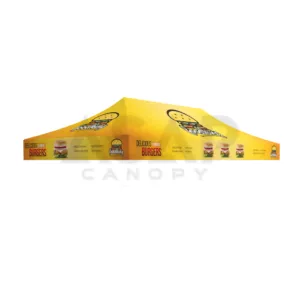
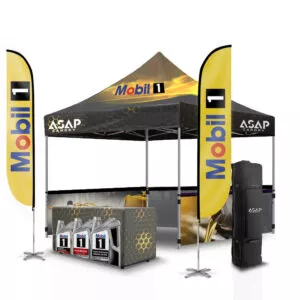


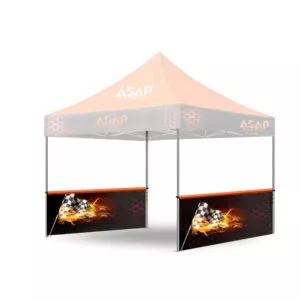
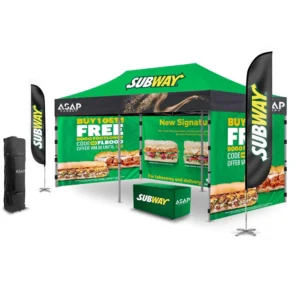

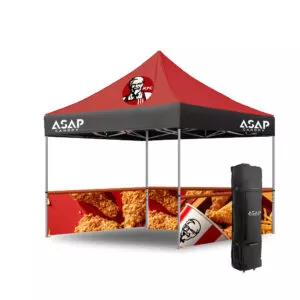
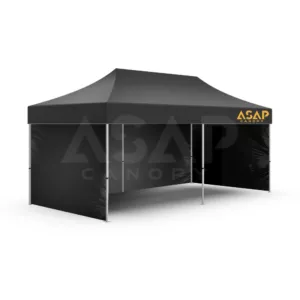



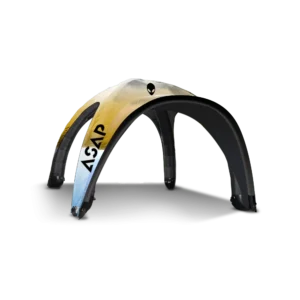

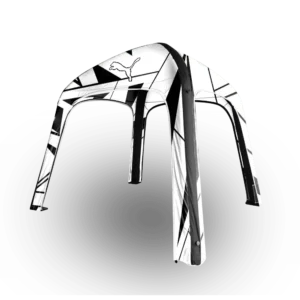



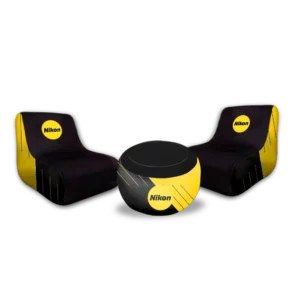




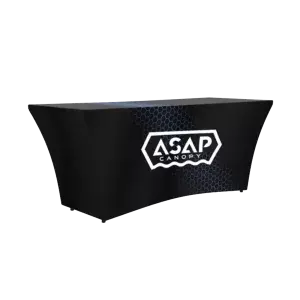

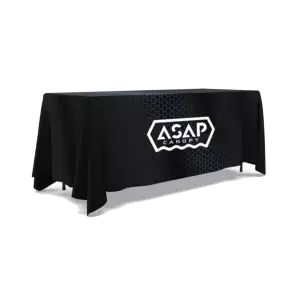





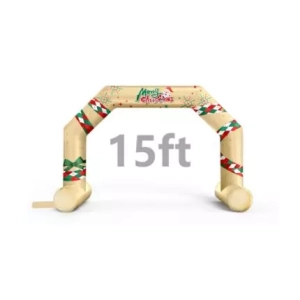





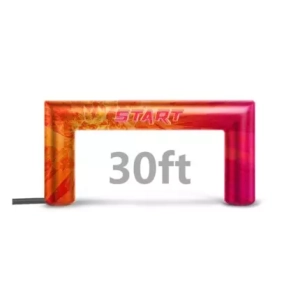





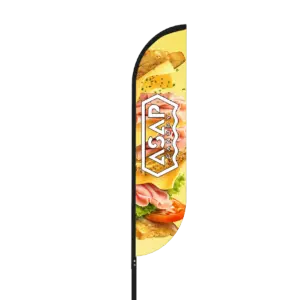


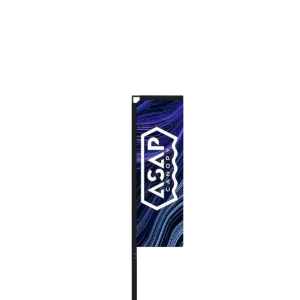

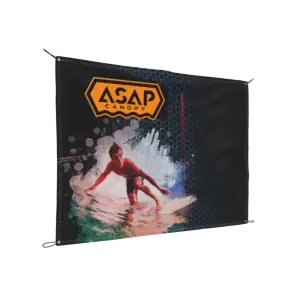
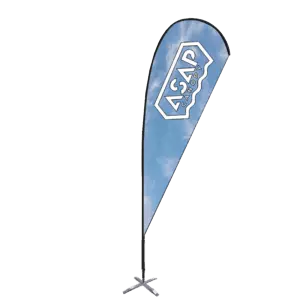

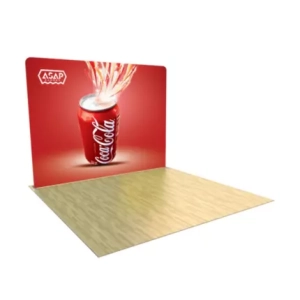

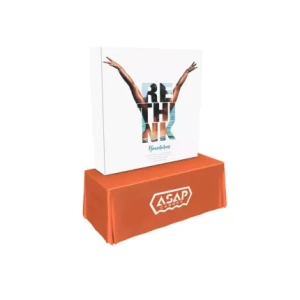
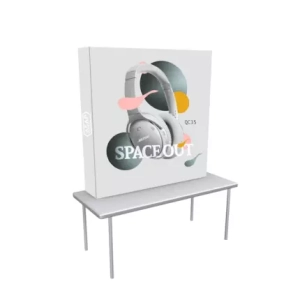



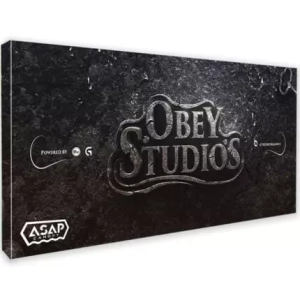





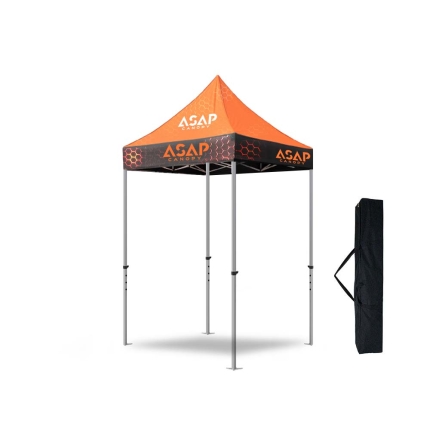

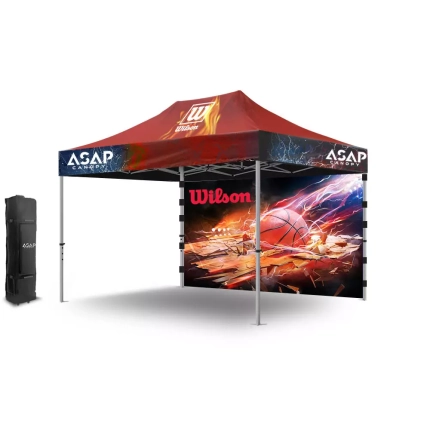

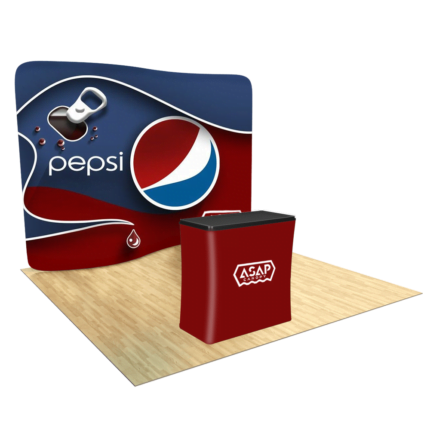


 5×5 Pop Up Tent
5×5 Pop Up Tent 6.5×6.5 Pop Up Tent
6.5×6.5 Pop Up Tent 10×10 Canopy Tent
10×10 Canopy Tent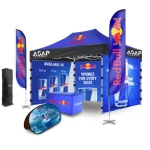 10×15 Canopy Tent
10×15 Canopy Tent 10×20 Canopy Tent
10×20 Canopy Tent Canopy Options
Canopy Options Blank Canopy Top
Blank Canopy Top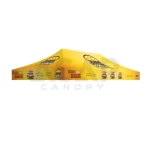 Canopy Top
Canopy Top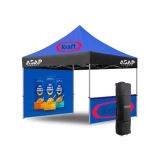 Canopy Walls
Canopy Walls Canopy Side Skirt
Canopy Side Skirt Blank Canopy
Blank Canopy Blank Canopy Kit
Blank Canopy Kit
 Inflatable Canopy Tents 10×10
Inflatable Canopy Tents 10×10 Inflatable Canopy Tents 13×13
Inflatable Canopy Tents 13×13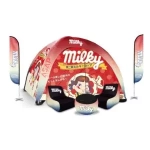 Inflatable Canopy Tents 16×16
Inflatable Canopy Tents 16×16 Inflatable Canopy Tents 20×20
Inflatable Canopy Tents 20×20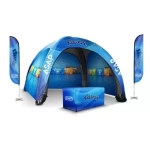 Inflatable Canopy Tents 23×23
Inflatable Canopy Tents 23×23 Inflatable Canopy Tents 26×26
Inflatable Canopy Tents 26×26 Inflatable Spider Tents
Inflatable Spider Tents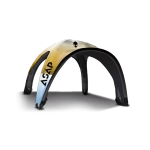 Inflatable Dome Tents
Inflatable Dome Tents Inflatable Eclipse Tents
Inflatable Eclipse Tents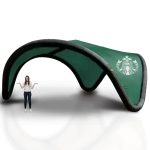 Inflatable Party Tent
Inflatable Party Tent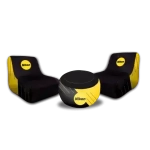 Inflatable Furniture
Inflatable Furniture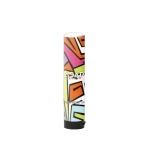 Inflatable Pillar
Inflatable Pillar
 Single Pole Star Tents
Single Pole Star Tents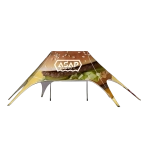 Double Pole Star Tents
Double Pole Star Tents
 15FT Inflatable Arches
15FT Inflatable Arches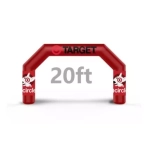 20FT Inflatable Arches
20FT Inflatable Arches 25FT Inflatable Arches
25FT Inflatable Arches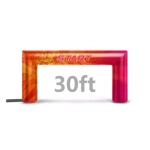 30FT Inflatable Arches
30FT Inflatable Arches 40FT Inflatable Arches
40FT Inflatable Arches 50FT Inflatable Arches
50FT Inflatable Arches Custom Constant Arches
Custom Constant Arches Custom Sealed Arches
Custom Sealed Arches
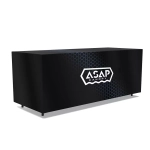 Fitted Table Covers
Fitted Table Covers Stretch-Fit Table Covers
Stretch-Fit Table Covers Loose Table Throws
Loose Table Throws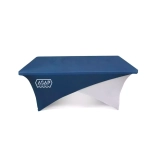 Cross-Over Stretch-Fit Table Cover
Cross-Over Stretch-Fit Table Cover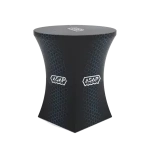 Round Stretch-Fit Table Cover
Round Stretch-Fit Table Cover Blank Table Throws
Blank Table Throws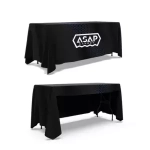 3-Sided Loose Table Throw
3-Sided Loose Table Throw Round Fitted Table Covers
Round Fitted Table Covers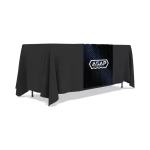 Table Runners
Table Runners Square Table Covers
Square Table Covers
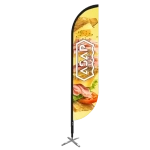 Feather Flags
Feather Flags Blade Flags
Blade Flags Feather Banner
Feather Banner Blade Banner
Blade Banner Teardrop Flags
Teardrop Flags Teardrop Banner
Teardrop Banner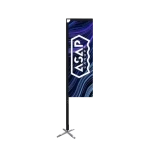 Rectangle Flags
Rectangle Flags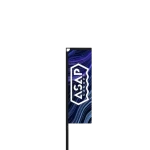 Rectangle Banner
Rectangle Banner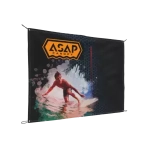 Mesh Event Banners
Mesh Event Banners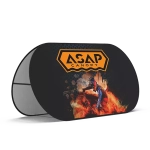 Pop Out Banner Horizontal
Pop Out Banner Horizontal Pop-Out Banner Vertical
Pop-Out Banner Vertical
 Trade Show Display
Trade Show Display Trade Show Display Kit
Trade Show Display Kit Pop Up Trade Show Display
Pop Up Trade Show Display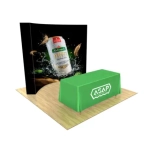 Pop Up Trade Show Display Deluxe Kit
Pop Up Trade Show Display Deluxe Kit Pop Up Trade Show Display Kit
Pop Up Trade Show Display Kit TableTop Displays Kit
TableTop Displays Kit Pop Up Tabletop Display Kit
Pop Up Tabletop Display Kit Pop Up Tabletop Display
Pop Up Tabletop Display Tabletop Display
Tabletop Display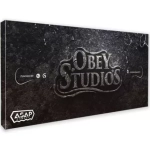 Straight Trade Show Exhibit Booth
Straight Trade Show Exhibit Booth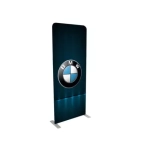 Banner Stand
Banner Stand
 Tent Accessories
Tent Accessories Flag Accessories
Flag Accessories Arch Accessories
Arch Accessories Trade Show Accessories
Trade Show Accessories
